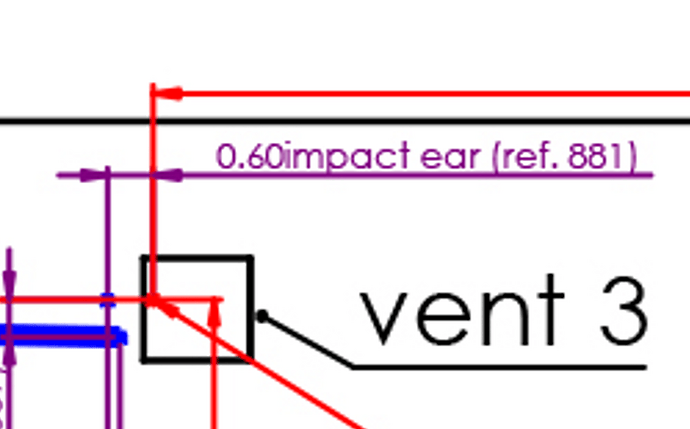Hi BigTim,
This topic about the bullet trajectory getting influenced after grazing Trumps ear has already been discussed multiple times by others, including yourself. We have already come to a conclusion together, which I would like to share afterwards. But first:
The reason of the video you are referring to was to show that it is difficult to shoot Trumps ear from the distance, debunking all the theories that Trump staged this act. I think everybody agrees that Trump would not have put his life in danger just for a political stunt. We don’t even need to make a video for that.
2nd point they wanted to make in this video: People were claiming that if the bullet would have touched Trumps ear, his head would have exploded. Now we are getting a little closer to our topic and we can maybe draw some conclusions using this video.
One thing that speaks against this video, is that they are using some kind of silicone with a much higher elasticity than human flesh. The more you increase the elasticity, the more the bullet line will get messed up. If somebody would like to repeat this trial, for the full purpose of seeing how much the trajectory gets influence by grazing Trumps ear, then they should be using some kind animal skin, like pig skin.
Looking at the picture you are showing, this is not according to reality. Trumps ear was not destroyed like in that picture. Rather you could take the first shot in the video, but I would even argue that bullet bearly grazed the ear, not even the way we see in the video.
In any case, people in this forum said that absolutely no trajectory influence occurred when grazing Trumps ear:
And you participated in this discussion as well and I respected your feedback, and this was the conclusion:
Please have a look at the below screenshot indicating ref. 881 has been taken into consideration in our joint “back trace” project, of which you have actively been involved in.
